Read the latest news on coronavirus in Delaware. More Info
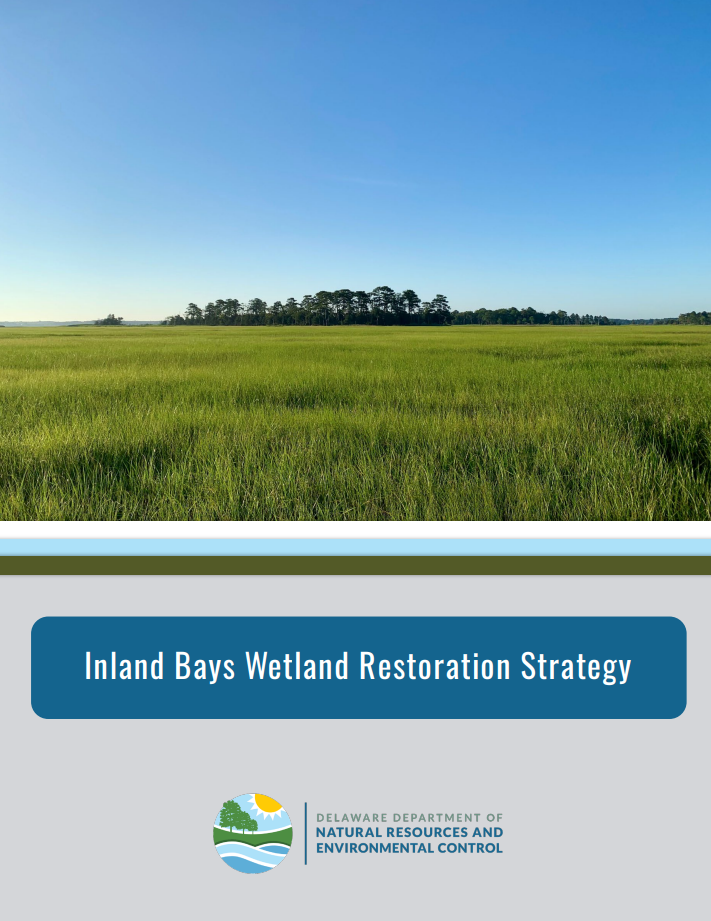
The Delaware Department of Natural Resources and Environmental Control has finalized a strategy to address several specific wetlands and aquatic vegetation issues in the Inland Bays watershed. Published by the DNREC Wetland Monitoring and Assessment Program (WMAP), the Inland Bays Wetland Restoration Strategy plan covers the Inland Bays watershed, which drains 210,064 acres of land in southern Delaware. According to Delaware’s 2017 Statewide Wetland Mapping Project, 58,906 acres of the basin are wetlands. This acreage represents 20% of all of Delaware’s wetlands.
The primary purpose of this strategy is to identify key tactics for addressing issues affecting tidal wetlands, non-tidal wetlands, and submerged aquatic vegetation in the Inland Bays watershed, while also identifying priority areas on public land where the tactics could be implemented. WMAP used past wetland health assessments, documented changes in wetland acreage in the recent decade, and interviews from more than 12 conservation organizations to compile the strategy. WMAP also used spatial analysis methods to identify optimal tidal and non-tidal wetland restoration opportunities on public protected lands in the Inland Bays.
The Inland Bays Wetland Restoration Strategy plan contains a comprehensive overview of major issues faced by wetlands and submerged aquatic vegetation, such as sea level rise and invasive species, in the Inland Bays and the diverse tactics that can be used to address the problems. The tactics and tasks outlined align with seven major themes from Delaware’s 2021-2025 Wetland Program Plan: mapping, monitoring, climate adaptation, restoration, collaboration, conservation, and education.
The DNREC-produced plan can be cited by conservation groups and organizations to prioritize projects and justify funding requests for wetland or submerged aquatic vegetation restoration projects in the Inland Bays. The plan also supports wetland management goals of several entities, including the Delaware Wildlife Action Plan created by DNREC’s Division of Fish and Wildlife, and the U.S. Department of Agriculture’s Natural Resources Conservation Service (NRCS). As other conservation groups working in the Inland Bays may not have a concrete wetland and submerged aquatic vegetation-related strategy, the Inland Bays Wetland Restoration Strategy also could serve as a starting point for understanding current Delaware wetlands and aquatic vegetation issues, while encouraging collaboration toward resolving them.
For more information about DNREC’s Inland Bays Wetland Strategy, visit dnrec.delaware.gov.
About DNREC
The Delaware Department of Natural Resources and Environmental Control protects and manages the state’s natural resources, protects public health, provides outdoor recreational opportunities and educates Delawareans about the environment. The DNREC Division of Watershed Stewardship develops and implements innovative watershed assessment, monitoring and implementation activities. For more information, visit the website and connect with @DelawareDNREC on Facebook, Twitter or LinkedIn.
Media Contacts: Michael Globetti, michael.globetti@delaware.gov; Joanna Wilson, joanna.wilson@delaware.gov
Related Topics: conservation, Delaware wetlands, DNREC Wetland Monitoring and Assessment Program, inland bays
Keep up to date by receiving a daily digest email, around noon, of current news release posts from state agencies on news.delaware.gov.
Here you can subscribe to future news updates.

The Delaware Department of Natural Resources and Environmental Control has finalized a strategy to address several specific wetlands and aquatic vegetation issues in the Inland Bays watershed. Published by the DNREC Wetland Monitoring and Assessment Program (WMAP), the Inland Bays Wetland Restoration Strategy plan covers the Inland Bays watershed, which drains 210,064 acres of land in southern Delaware. According to Delaware’s 2017 Statewide Wetland Mapping Project, 58,906 acres of the basin are wetlands. This acreage represents 20% of all of Delaware’s wetlands.
The primary purpose of this strategy is to identify key tactics for addressing issues affecting tidal wetlands, non-tidal wetlands, and submerged aquatic vegetation in the Inland Bays watershed, while also identifying priority areas on public land where the tactics could be implemented. WMAP used past wetland health assessments, documented changes in wetland acreage in the recent decade, and interviews from more than 12 conservation organizations to compile the strategy. WMAP also used spatial analysis methods to identify optimal tidal and non-tidal wetland restoration opportunities on public protected lands in the Inland Bays.
The Inland Bays Wetland Restoration Strategy plan contains a comprehensive overview of major issues faced by wetlands and submerged aquatic vegetation, such as sea level rise and invasive species, in the Inland Bays and the diverse tactics that can be used to address the problems. The tactics and tasks outlined align with seven major themes from Delaware’s 2021-2025 Wetland Program Plan: mapping, monitoring, climate adaptation, restoration, collaboration, conservation, and education.
The DNREC-produced plan can be cited by conservation groups and organizations to prioritize projects and justify funding requests for wetland or submerged aquatic vegetation restoration projects in the Inland Bays. The plan also supports wetland management goals of several entities, including the Delaware Wildlife Action Plan created by DNREC’s Division of Fish and Wildlife, and the U.S. Department of Agriculture’s Natural Resources Conservation Service (NRCS). As other conservation groups working in the Inland Bays may not have a concrete wetland and submerged aquatic vegetation-related strategy, the Inland Bays Wetland Restoration Strategy also could serve as a starting point for understanding current Delaware wetlands and aquatic vegetation issues, while encouraging collaboration toward resolving them.
For more information about DNREC’s Inland Bays Wetland Strategy, visit dnrec.delaware.gov.
About DNREC
The Delaware Department of Natural Resources and Environmental Control protects and manages the state’s natural resources, protects public health, provides outdoor recreational opportunities and educates Delawareans about the environment. The DNREC Division of Watershed Stewardship develops and implements innovative watershed assessment, monitoring and implementation activities. For more information, visit the website and connect with @DelawareDNREC on Facebook, Twitter or LinkedIn.
Media Contacts: Michael Globetti, michael.globetti@delaware.gov; Joanna Wilson, joanna.wilson@delaware.gov
Related Topics: conservation, Delaware wetlands, DNREC Wetland Monitoring and Assessment Program, inland bays
Keep up to date by receiving a daily digest email, around noon, of current news release posts from state agencies on news.delaware.gov.
Here you can subscribe to future news updates.
"strategy" - Google News
April 12, 2022 at 02:00AM
https://ift.tt/vgM0TwP
DNREC Inland Bays Wetland Strategy Details Restoration Plans for Wetlands and Submerged Aquatic Vegetation - State of Delaware News - news.delaware.gov
"strategy" - Google News
https://ift.tt/FvWJ4wR
https://ift.tt/Z2XrDzs
Bagikan Berita Ini







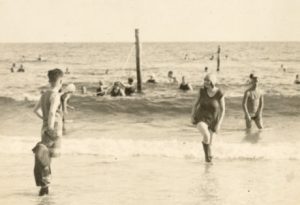

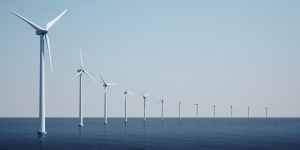







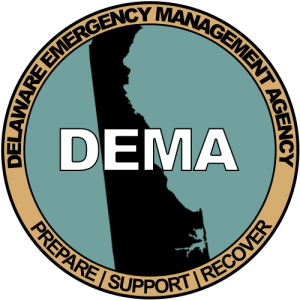




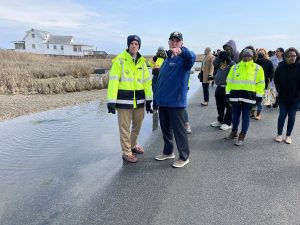





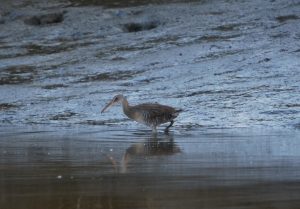
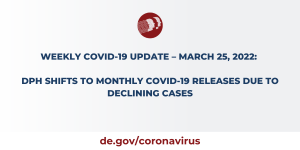

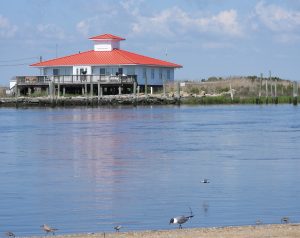
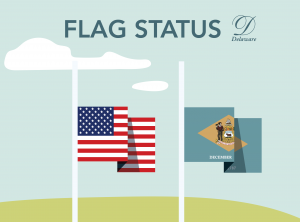


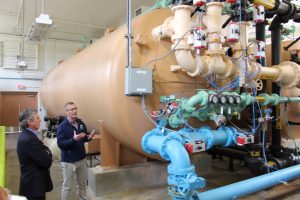

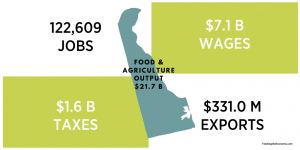




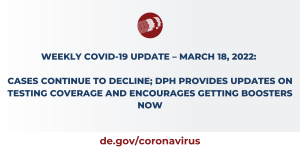

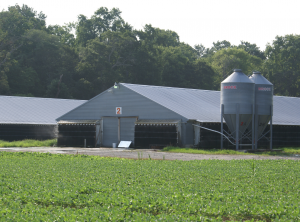









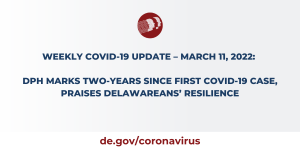



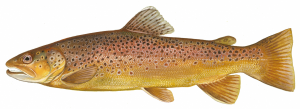



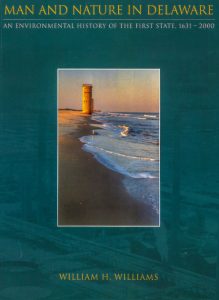
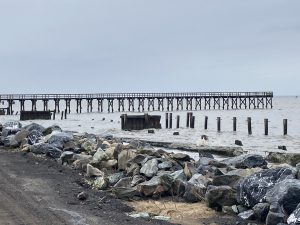
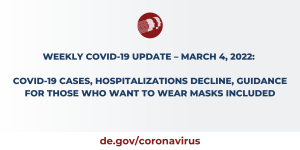







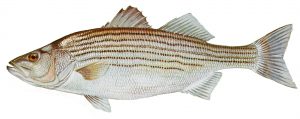

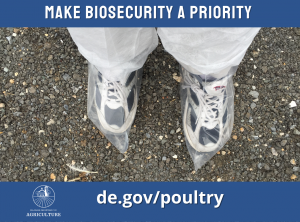
















0 Response to "DNREC Inland Bays Wetland Strategy Details Restoration Plans for Wetlands and Submerged Aquatic Vegetation - State of Delaware News - news.delaware.gov"
Post a Comment